News
-
Herapeutic strategies for postoperative infections in artificial joint replacements
Infection is one of the most serious complications after artificial joint replacement, which not only brings multiple surgical blows to patients, but also consumes huge medical resources. Over the past 10 years, the infection rate after artificial joint replacement has d...Read more -
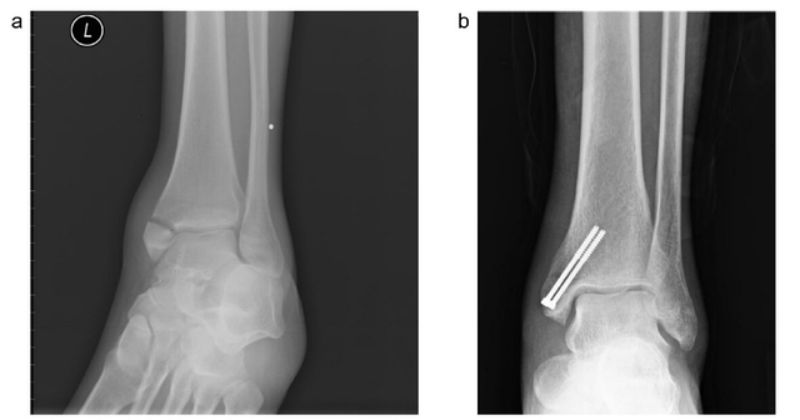
Surgical Technique: Headless Compression Screws Effectively Treat Internal Ankle Fractures
Fractures of the inner ankle often require incisional reduction and internal fixation, either with screw fixation alone or with a combination of plates and screws. Traditionally, the fracture is temporarily fixed with a Kirschner pin and then fixed with a half-threaded c...Read more -
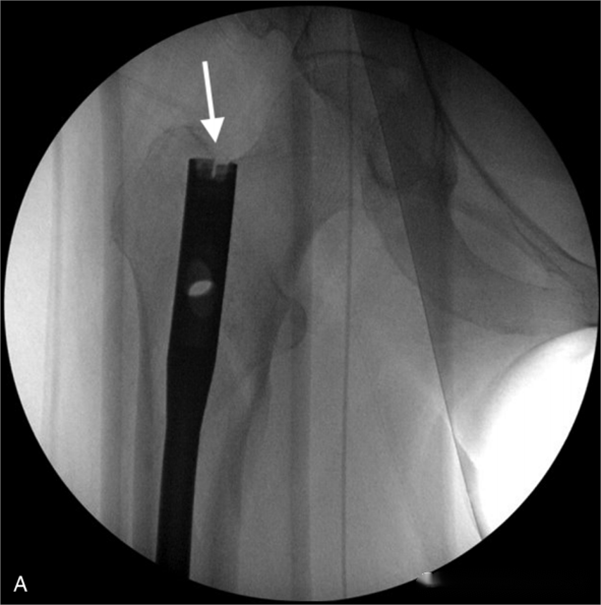
“Box Technique”: A small technique for preoperative assessment of the length of the intramedullary nail in the femur.
Fractures of the intertrochanteric region of the femur account for 50% of hip fractures and are the most common type of fracture in elderly patients. Intramedullary nail fixation is the gold standard for surgical treatment of intertrochanteric fractures. There is a conse...Read more -
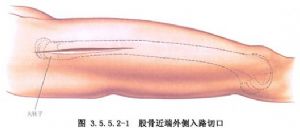
Femoral Plate Internal Fixation Procedure
There are two types of surgical methods, plate screws and intramedullary pins, the former includes general plate screws and AO system compression plate screws, and the latter includes closed and open retrograde or retrograde pins. The choice is based on the specific site...Read more -

Surgical Technique | Novel Autologous “Structural” Bone Grafting for Treating Nonunion of Clavicle Fractures
Clavicle fractures are one of the most common upper limb fractures in clinical practice, with 82% of clavicle fractures being midshaft fractures. Most clavicle fractures without significant displacement can be treated conservatively with figure-of-eight bandages, while t...Read more -
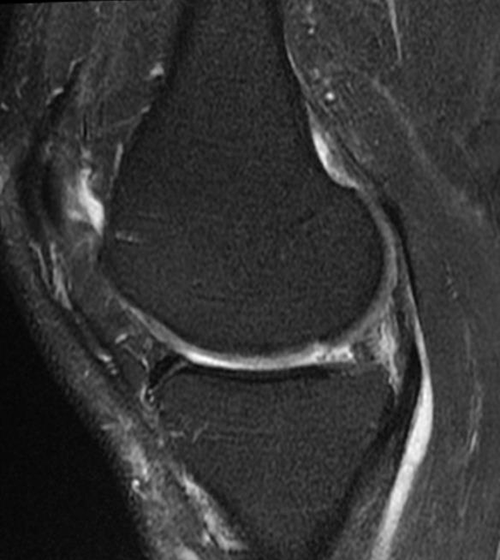
MRI Diagnosis of Meniscal Tear of the Knee Joint
The meniscus is located between the medial and lateral femoral condyles and the medial and lateral tibial condyles and is composed of fibrocartilage with a certain degree of mobility, which can be moved along with the movement of the knee joint and plays an important str...Read more -

Two internal fixation methods for combined fractures of the tibial plateau and ipsilateral tibial shaft fracture.
Tibial plateau fractures combined with ipsilateral tibial shaft fractures are commonly seen in high-energy injuries, with 54% being open fractures. Previous studies have found that 8.4% of tibial plateau fractures are associated with concomitant tibial shaft fractures, w...Read more -

OPEN-DOOR Posterior Cervical Laminoplasty procedure
KEYPOINT 1. The unipolar electric knife cuts the fascia and then peels the muscle under the periosteum, pay attention to protect the articular synovial joint, meanwhile the ligament at the root of the spinous process should not be removed in order to keep the integrity ...Read more -

In the case of a proximal femoral fracture, is it better for the PFNA main nail to have a larger diameter?
Intertrochanteric fractures of the femur account for 50% of hip fractures in the elderly. Conservative treatment is prone to complications such as deep vein thrombosis, pulmonary embolism, pressure sores, and pulmonary infections. The mortality rate within one year excee...Read more -

Tumor Knee Prosthesis Implant
I Introduction The knee prosthesis consists of a femoral condyle, a tibial marrow needle, a femoral marrow needle, a truncated segment and adjustment wedges, a medial shaft, a tee, a tibial plateau tray, a condylar protector, a tibial plateau insert, a liner, and restrai...Read more -

The two primary functions of a ‘blocking screw
Blocking screws are widely used in clinical practice, especially in the fixation of long intramedullary nails. In essence, the functions of blocking screws can be summarized as two-fold: first, for reduction, and second, t...Read more -
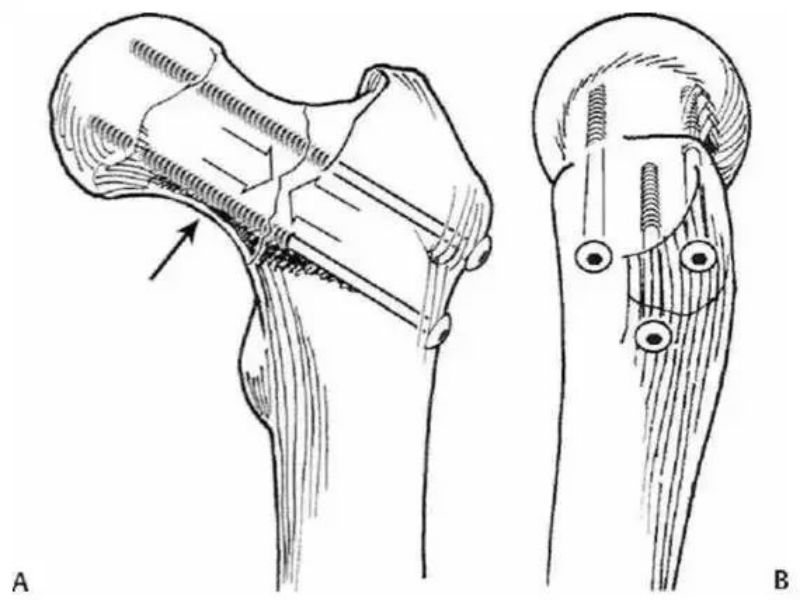
Three principles of femoral neck hollow nail fixation–adjacent, parallel and inverted products
Femoral neck fracture is a relatively common and potentially devastating injury for orthopaedic surgeons, with a high incidence of non-union and osteonecrosis due to the fragile blood supply. Accurate and good reduction of femoral neck fractures is the key to successful ...Read more










